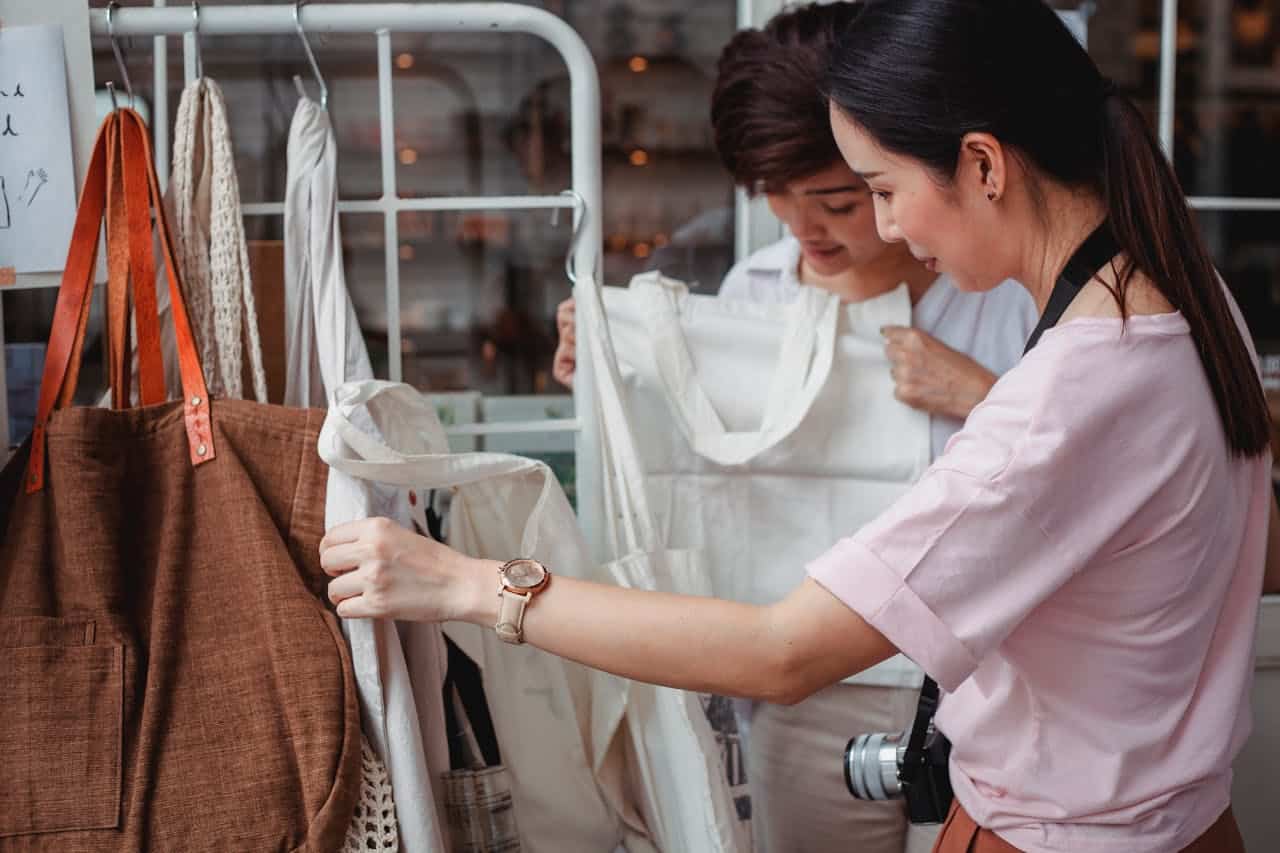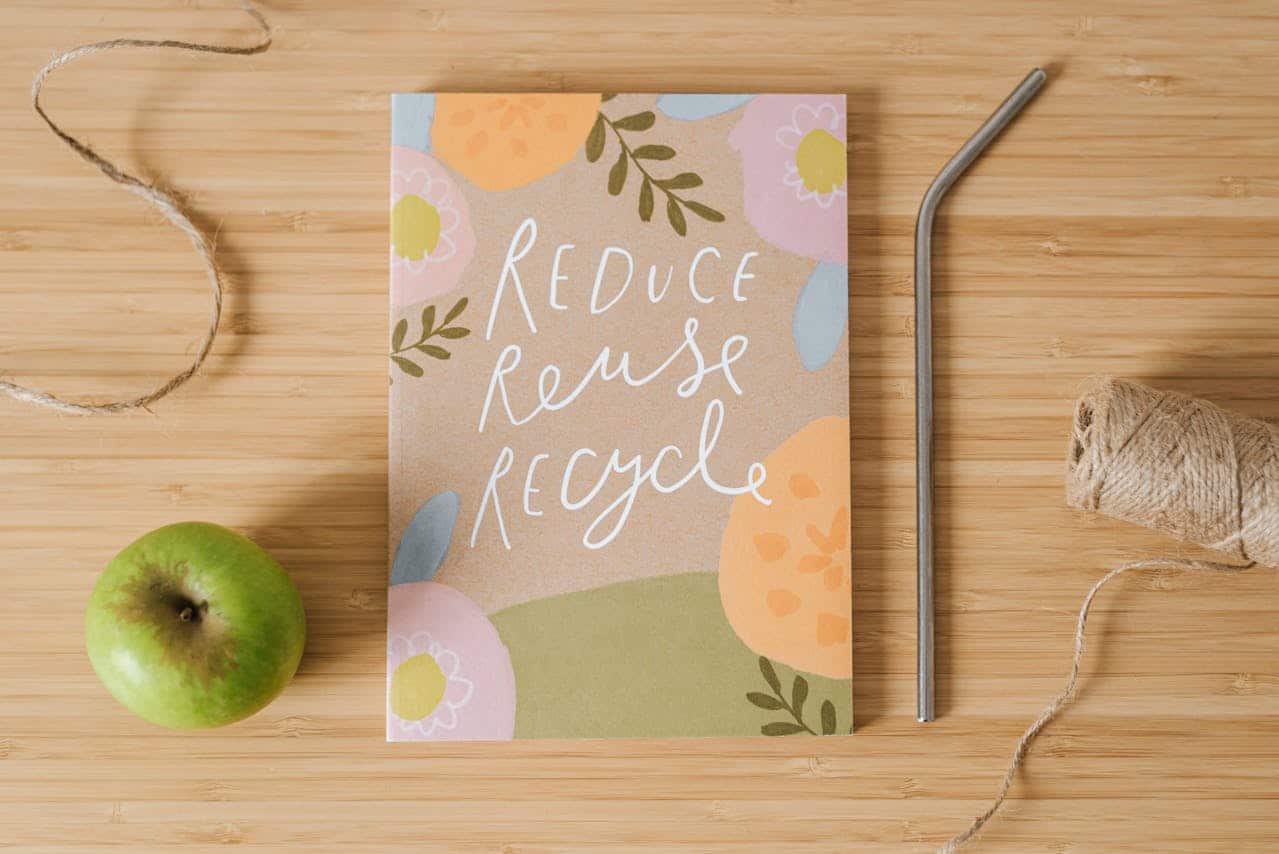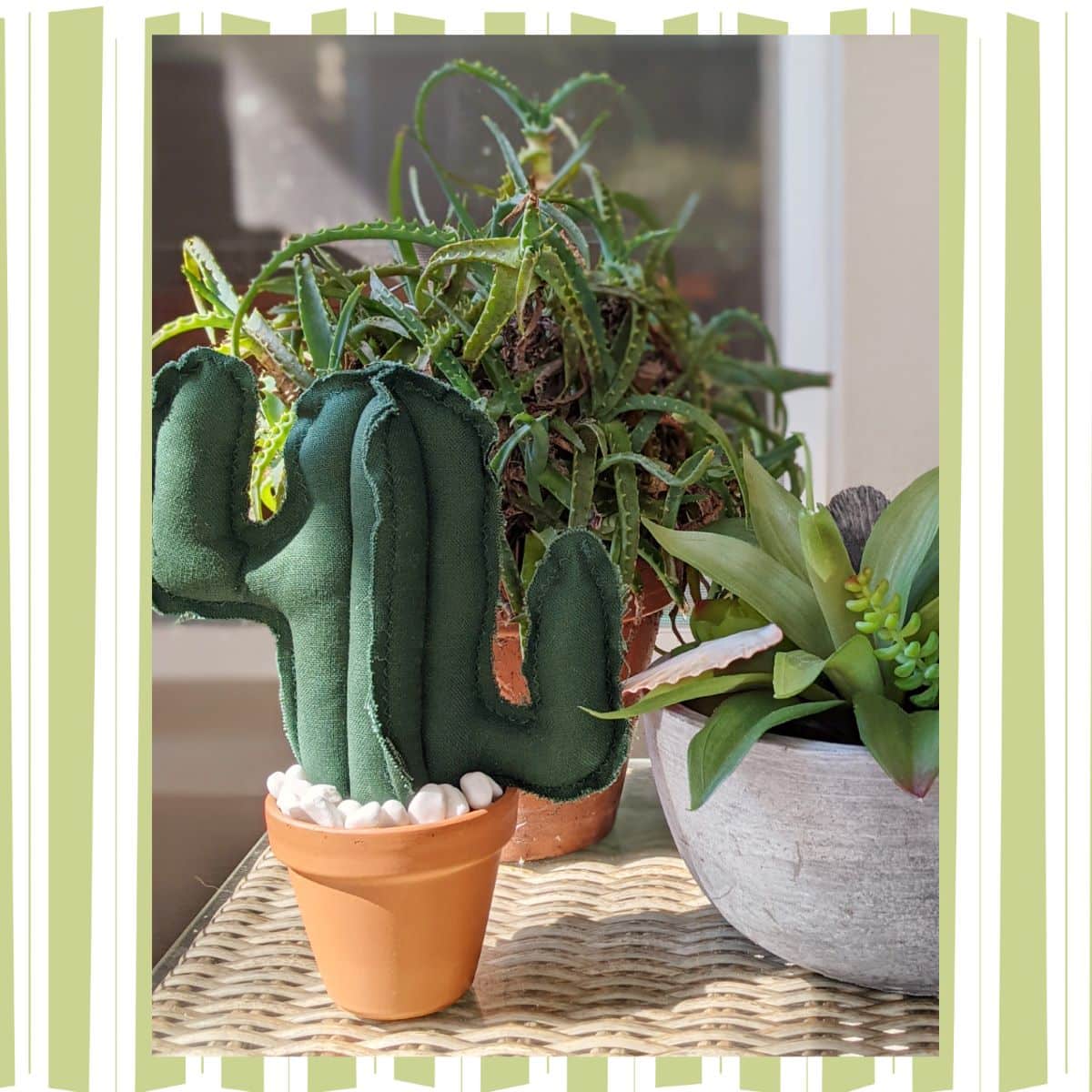Ever feel that spark when your cherished hobby starts to feel like a potential business opportunity? We all enjoy doing things when we have free time. Some of us like creating things as hobbies, such as sewing, pottery painting, and more. When our hobbies feel like more of a business idea, the excitement of a change becomes an irresistible feeling. Craftmaking in Aotearoa, New Zealand, is a cherished tradition in which artisans create unique, handcrafted products that showcase their creativity and skills.
As a craft maker, keeping up-to-date with the latest trends is essential to engage with your audience. It’s important whether you’re about to turn your hobby into a small business or are already a craft business owner. You’ve come to the right place as we’ll examine recent trends and some common mistakes that can easily be avoided if we know about them. Let’s start!
Why Trend Matters?
Following the latest trends matters because they might help you stand out. We are not talking about giving up the core of your product and following hype every time a new trend comes up. It’s like adding a sprinkle of uniqueness to your creations. Simple changes can make the big differences. You must also think about your financial capabilities in order to foster a trend. We listed a couple of reasons for you to understand why we should be aware of recent trends.
Consumers’ preferences change constantly
Consumers’ preferences and aesthetics constantly evolve, driven by social media trends, pop culture influences, and even broader cultural shifts. By staying attuned to these trends in the craft market, you can ensure your creations resonate with the current desires of your target audience. This not only makes your products more appealing but positions you as an open-to-a-new-idea craft maker, potentially attracting a loyal following.
Trends help you to connect with your customer
Craft makers who stay current with trends can better connect with their customer base. Customers are more likely to engage with and return to buy from artisans who understand contemporary styles, showing that the craft maker is in touch with their audience’s preferences.

Competition also shapes the market
Like all other businesses, craftmaking is a competitive environment, with artisans continually innovating and introducing new ideas. It is crucial to watch your competitors closely to avoid being in the market with similar ideas. You might not be the only person (and probably won’t be) making ceramic coffee cups or scented candles…but you can be the one who introduces a recent painting technique to paint your ceramic, and that will help you separate from the clutter.
We can’t avoid Social Media

We all see being on social media as a burden. However, social media plays a significant role in showcasing and selling handmade products. Your online presence and interaction with your customers through social media will definitely increase your brand’s recognition. Trends in Social Media change faster than trends in real life, and you also need to be familiar with some basic knowledge about using editing apps.
Top Three Trends in the Craft World
Staying current with trends ensures your crafts align with what people are loving right now. Think about it like keeping your recipes fresh – people want something that fits today’s tastes.
1-Sustainability

Craft makers increasingly incorporate sustainable materials and eco-friendly techniques into their creations to appeal to environmentally conscious consumers. For example, using recycled materials or eco-friendly practices has become popular and appealing to those who care about the environment. Here are some popular trends in sustainable craft making.
Recycled Materials
Utilising materials repurposed or recycled is a key sustainable practice in craft making. For instance, creating jewellery from discarded metal pieces or fashioning home decor items from reclaimed wood are excellent ways to minimise waste and give new life to materials that would otherwise end up in landfills.
Natural and Organic Materials
Choosing natural materials, such as organic fabrics, bamboo, or cork, is sustainable. Craftmakers can create fashion items, accessories, or home decor using these materials, ensuring a reduced environmental impact compared to the production of synthetic or heavily processed materials.
Upcycling
Upcycling involves transforming discarded or old items into new and improved creations. An example could be repurposing old denim jeans into stylish tote bags or crafting unique planters from vintage containers. Upcycling not only reduces waste but also adds a distinctive touch to handmade products.

Zero-Waste Techniques
Implementing zero-waste techniques involves minimising or eliminating waste during the crafting process. For example, pattern optimisation in sewing can help maximise the use of fabric, leaving little to no scraps behind. This approach emphasises efficiency and sustainability in material usage.
Energy-Efficient Production
Choosing energy-efficient methods and equipment in the crafting process is a sustainable practice. Craft makers can opt for energy-efficient lighting, machinery, and production practices, reducing their environmental footprint. This is particularly relevant in larger-scale crafting operations.
Local and Ethical Sourcing

Supporting local artisans and sourcing materials locally reduces the carbon footprint associated with transportation and promotes the local economy. Ethical sourcing ensures that materials are produced under fair labour conditions. You can create products that showcase the unique qualities of locally sourced materials.
Dyeing with Natural Pigments
Traditional dyeing processes often involve harmful chemicals. Natural pigments from plants, fruits, or insects provide an eco-friendly alternative. Craftmakers can create vibrant and unique colours for textiles or yarns without contributing to water pollution associated with synthetic dyes.
Minimal Packaging
Embracing minimal and eco-friendly packaging is a sustainable choice. Craft makers can use recycled or biodegradable packaging materials, reducing their products’ overall environmental impact.
Let me tell my story to give you an example:
Being a proud owner of a craft business specialising in fabric cacti, my commitment to environmental sustainability has shaped my journey. My unique creations inspired me to offer an alternative to plastic fake plants, recognising that not everyone can nurture a living plant but still craves a touch of green in their homes. Plastic, with its harmful impact on the ecosystem, led me to embark on a mission to provide an eco-friendly choice for home decoration. From the inception of my craft, I prioritised using organic upholstery fabric, ensuring that the environmental footprint of my products was as gentle as possible.
However, my dedication to sustainability didn’t stop there. Recognising the need to stay current with eco-friendly trends, I researched environmentally conscious materials. During my exploration, I discovered a filling made from recycled plastic bottles, a game-changer in aligning my products with the latest trends in sustainable crafting. The decision to replace the conventional polyester fillings with this eco-friendly alternative resonated with my values and opened up a narrative I could share with my customers.

What Came Next
The shift to recycled plastic bottle fillings brought an added layer of authenticity and value to my craft. It allowed me to communicate the aesthetic appeal of my fabric cacti and their positive environmental impact. It’s amazing to see how much customers care about the environment these days. They are becoming more conscious of their ecological footprint and are actively looking for products that can help reduce plastic waste.
What’s more, they are embracing this change and recognising the significance of opting for a product that not only adds beauty to their homes but also contributes to a greener planet.
In my journey, navigating the trends of environmentally friendly materials, my craft business remained relevant and carved out a unique identity rooted in sustainability. The story of this transition became a powerful element in connecting with my audience, showcasing the journey of adapting to trends not just for the sake of fashion but for a purpose. This purpose resonated with the values of both me and my customers.
2-Collaborations
Collaborating with other artisans, designers, or brands to create unique and innovative products is a growing trend among craft makers. This allows for cross-promotion and shared creativity. Here are some examples:
Pottery And Textile Collaboration
One notable example is the collaboration between a local pottery artisan and a textile designer in Auckland. The pottery artist, renowned for creating bespoke ceramic vases, joined forces with the textile designer known for vibrant, hand-printed fabrics. Together, they birthed one-of-a-kind planters featuring intricately patterned fabric sleeves, snugly embracing the artisanal ceramics.
This collaborative effort combined their unique talents and expanded their audience as each artisan brought their followers into the shared venture.
Wood And Metal Collaboration
In Wellington, a collaboration between a woodworker and a metal sculptor resulted in a collection of stunning furniture pieces seamlessly blending timber craftsmanship with intricate metalwork. Their joint venture produced visually striking products and showcased the beauty of merging different materials and techniques, demonstrating the limitless possibilities when artisans unite their skills.
Collaborating With Brands
Beyond individual collaborations, craft makers are teaming up with local brands to create exclusive, regionally inspired collections. For instance, a group of Wellington-based textile artists collaborated with a popular Kiwi outdoor brand to produce a limited-edition line of sustainable, hand-dyed picnic blankets. This collaboration not only celebrated the unique artistic flair of the textile artists but also brought their creations to a broader audience through the established brand’s distribution channels.
3- Virtual Workshops and Classes

With the rise of online platforms and virtual events, craft makers are increasingly turning to virtual workshops and classes to connect with a broader audience and deliver interactive learning experiences for customers. In New Zealand, this trend has gained momentum, bringing the art of craft-making into the digital realm and fostering a vibrant online crafting community.
Craft makers are leveraging virtual workshops to overcome geographical barriers and engage enthusiasts from various corners of New Zealand. For instance, a traditional Māori weaving workshop, once confined to a local community hall, can now be accessed by participants from Auckland to Invercargill through virtual platforms.
This not only promotes the preservation of cultural crafting techniques but also enables a wider audience to take part in the rich heritage of New Zealand’s indigenous crafts.
The convenience of virtual classes has proven especially beneficial for those in rural or remote areas, where access to in-person workshops may be limited. Craft makers offering classes in traditional Pounamu carving or creating unique flax flower arrangements find that the virtual format allows them to share their expertise with individuals who might otherwise miss out on such enriching experiences.
In addition to cultural crafts, contemporary artisans are seizing the virtual trend to teach modern techniques. A Kiwi crochet enthusiast, for instance, might conduct online sessions guiding participants in creating intricate koru-inspired patterns, blending tradition with a contemporary twist.
Common Mistakes
While following trends in craft making can be a valuable strategy, there are common mistakes that artisans may encounter when adopting these trends into their business. Understanding these mistakes can help craft makers navigate the fine line between staying current and maintaining the authenticity of their craft:
Losing Originality & Ignoring Craftmanship
Over-reliance on trends may lead to a loss of the artisan’s unique style and originality. Trying to fit into popular trends might result in products that lack the distinctive touch that sets them apart in the market.
Rapidly adopting trends without maintaining a focus on craftsmanship can lead to a decline in the overall quality of the products. Craft makers should ensure that trendy elements enhance, rather than compromise, the skill and artistry involved in their creations.
Chasing Every Trend & Failing to Innovate Within Trends
Attempting to incorporate every passing trend can dilute the brand’s identity. Craft makers should be selective and choose trends that align with their style and resonate with their target audience, avoiding a scattered or inconsistent product line.
Merely replicating trends without adding a unique twist can lead to a lack of innovation. Craft makers should strive to bring their creative flair to trends, offering customers something fresh and distinctive within the popular style.
Neglecting Sustainability
Overlooking the environmental impact of trendy materials or processes can be destructive. Craft makers should be mindful of the sustainability of the trends they adopt, ensuring they align with the growing demand for eco-friendly and ethical practices.
Underestimating Market Research & Ignoring Customer Feedback:
Following trends blindly without conducting thorough market research can misjudge the actual demand. Craft makers should analyse their target audience’s preferences and market dynamics before investing time and resources in adopting a particular trend.
Disregarding customer feedback when adopting trends can lead to a disconnect with the target audience. Craft makers should actively seek and consider customer opinions to ensure the adopted trends align with their expectations and preferences.
Neglecting Brand Storytelling:
Failing to integrate the adopted trends into the brand’s narrative can result in a lack of coherence. Craft makers should incorporate trends to enhance the brand story, creating a seamless and authentic customer experience.
While embracing trends can invigorate a craft business, artisans must navigate this terrain cautiously. Balancing trend adoption with a commitment to originality, craftsmanship, sustainability, and customer engagement ensures a successful integration. That resonates with the target audience. It also contributes to the long-term success of the craft business.
In the lively world of craftmaking in Aotearoa, New Zealand, keeping your finger on the pulse of trends isn’t just about following the crowd; it’s about making your craft a hit with your audience. By embracing what’s in and sidestepping common pitfalls, you’ll craft a successful business that speaks to your customers and stands the test of time.
The Bottom Line
As we’ve explored, staying informed about current trends empowers you to create products that resonate with your audience and solidify your place in the market.
However, successful trend adoption hinges on a delicate balance. Overlooking your signature style or prioritizing fleeting popularity over quality craftsmanship can alienate your loyal customers.
Here are some takeaways to craft your success story:
- Sustainability Matters: Consumers are increasingly drawn to eco-conscious practices. Explore sustainable materials, techniques, and minimal packaging to resonate with this growing preference.
- Embrace Collaborations: Teamwork makes the dream work! Partnering with other artisans, designers, or brands can spark creativity, expand your audience reach, and open doors to new possibilities.
- Embrace the Digital Realm: Virtual workshops and classes break down geographical barriers, allowing you to share your expertise and connect with a wider audience.
- Stay True to Your Roots: While trends are enticing, don’t lose sight of your unique identity. Craft your creations with passion and expertise, and let your originality shine through.
Remember, trends are like spices in a delicious recipe – they enhance the flavour without overpowering the core ingredients. By staying informed, collaborating effectively, and embracing your individuality, you can leverage trends to craft a thriving business that resonates with your audience and leaves a lasting impression.
